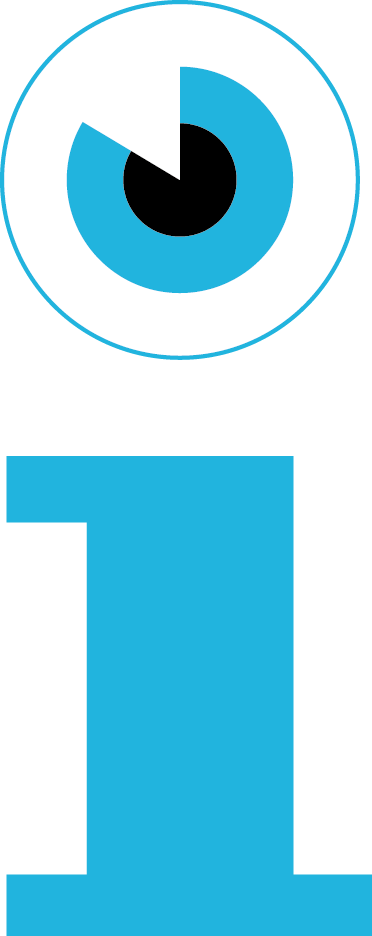Is a check-up at the optician enough?
Do you want to have your child’s eyesight checked, but you do not know which eye care professional to turn to? Wondering if a check at the optician is enough? Pierre-François Kaeser, a university lecturer and clinical researcher, director of the paediatric strabology and ophthalmology unit at the Jules-Gonin Ophthalmic Hospital, explains how to take care of your children’s visual health.
A different visual assessment of adults
The examination of a child’s eyesight is quite special. In general, children will not complain of a visual disorder.
In general, children and especially small children are far less cooperative than adults. This means that the entire ophthalmological examination is a little more complicated. However, we use strategies to ensure that the consultation runs as smoothly as possible:
- When children are still very young, images can be used to observe their vision at a distance or up close.
- When they are older, we use a shaped device that the child can hold and handle easily. This is directed in different directions to check, in particular, double vision and colour vision.
- As soon as they are mature enough, we use numbers or texts.
In addition, the examination of a child’s vision is not limited to determining a need for glasses. It must also include the evaluation of the coordination of the two eyes, motility and the morphology of the eye. This ensures that there is nothing that could lead to poor vision in one eye or be a risk factor for abnormal visual development.
Diseases detectable from childhood
It is important to screen for certain eye diseases from a young age. For example, when the child develops better vision with one of the two eyes, this can lead to amblyopia. Thanks to a careful visual examination, the ophthalmologist can quickly put in place means to correct the visual disorders detected. The family history is also taken into account to accurately diagnose the child.
A medical examination to improve the health of your children’s eyes
When examining a child’s eyes, it is essential, in addition to the clinical examination, to use drops that paralyse focus and accommodation. This allows us to determine the real, objective need for glasses. These drops can only be used by health professionals, such as doctors.
The examination carried out by the optician can therefore be a basis for screening when myopia, astigmatism, or hyperopia are suspected or when the child complains of headaches. But only a doctor can carry out a complete examination, which can be absolutely reassuring or lead to the prescription of therapeutic measures. This is generally carried out by an ophthalmologist.
The different professions of the visual world
To help you better understand the roles of each of the professionals involved in your child’s vision, here is a short summary:
Opticians
The optician’s job involves sales and advice, as well as carrying out an eye test to take eye measurements. The optician will guide the customer in the choice of the frame and corrective lenses in the purchase of a pair of glasses. They can also advise on the choice of contact lenses.
Ophthalmologists
Ophthalmologists are doctors who have engaged in medical studies. They carry out examinations of the vision and the eye as an organ, in order to diagnose vision disorders and diseases and then treat them with appropriate therapies.
Orthoptists
When the ophthalmologist detects an eye disorder due to poor coordination of the two eyes, they can send the child to an orthoptist. The latter will work on the rehabilitation of the eyes in order to regain good visual faculties.
